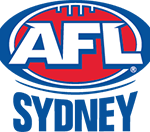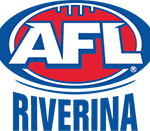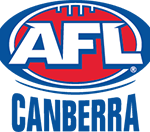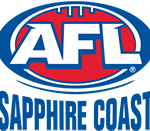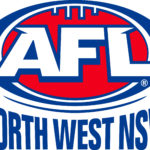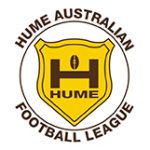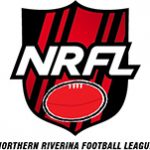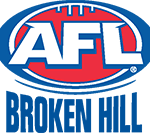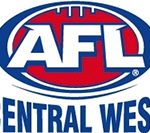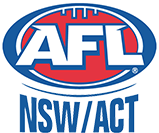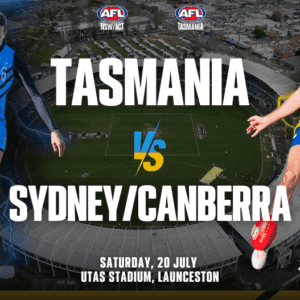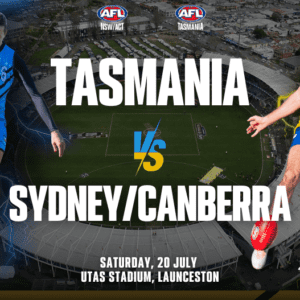Building GIANTS
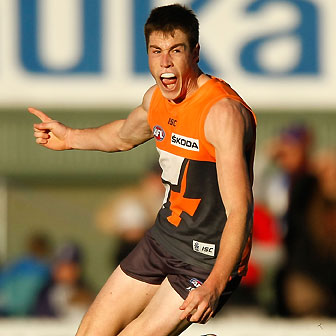
This article first appeared on afl.com.au
By James Dampney
In 2012, Greater Western Sydney faced the enormous task of trying to guide a team full of slight-bodied youngsters through one of the world’s most physically demanding competitions.
And the Giants admit it will be some time before they know whether they got it right.
Of the 46 players who made their GWS debuts, no less than 29 were teenagers when the season commenced on March 24.
The majority of those teens were also well below the size and strength required to consistently match it with the chiselled physiques and considerable engines possessed by most AFL players.
It led to a delicate juggling act as the club’s sports science and medical staff did their best to get them through the year, while also preparing them for long careers at the top level.
GWS head of sports science John Quinn has given AFL.com.au an insight into the full-scale operation implemented to deal with the pressure and responsibility of managing some of the country’s best young talent.
Every niggle or knock was analysed and documented and Quinn readily admits player welfare was a higher priority than winning games of football.
If the likes of Jeremy Cameron, Toby Greene and Adam Treloar are to blossom from precocious talents into long-term AFL stars, these early years are critical.
“We’ll only really know how successful we were in retrospect,” Quinn said.
“As I’m talking to you now, I’m quite confident we have done the right things in the way we’re managing these young players.
“But the proof will come in the next couple of years and people will look at them and say ‘gee, they’ve been well developed’.
“That would then stand as a tribute to the sports science staff, the medical staff and the coaching staff.
“It’s not something we’re taking lightly.”
Of all the GWS debutants, only one – Curtly Hampton – played 10 consecutive games across the year.
Cameron, who finished runner-up for this year’s NAB Rising Star award, only strung five games together out of the 16 he managed in season one.
“We managed them by not having them play too many games in succession and were monitoring them really heavily for any signs of fatigue or lack of recovery,” Quinn said.
“Let’s say we had a big game, which for us might have been against the Suns and we wanted to beat the Suns, and Jeremy Cameron was a bit sore. Well Jeremy Cameron was out, because it was player first and winning second.
“That wasn’t just about 2012, that was about 2016, when we need Jeremy Cameron firing at his absolute best.”
Seemingly the obvious next step for a raft of Giants is to add weight to their slender frames.
But it is not as simple as putting their local pizzeria on speed dial and scheduling regular visits to the gym.
“If you rush in and put weight on these young bodies too quickly, their bodies can’t adapt to that,” Quinn said.
“It’s quite easy to put weight on a body. But it’s not so easy for that body to perform with that extra weight.
“We put that on gradually, which may be two years, it may be three years and with some it may even be four years.
“We have to be cautious and make sure they put on real functional strength they can use without over-stressing other parts of their bodies.
“That can lead to groin soreness and stress fractures and everything else.
“If we do that, we’ll probably cut their careers short.”
Quinn is wary of the “second-year blues”, but does predict significant improvement in 2013.
And he is confident the young Giants have been given the best possible start.
“We’ll look back on it in a few years from now and say we really broke new ground and we’ll know if it was for better or worse in terms of longevity of careers and everything else,” he said.
“Looking back on this season from a planning and implementation point of view, I think it was a huge success.”
